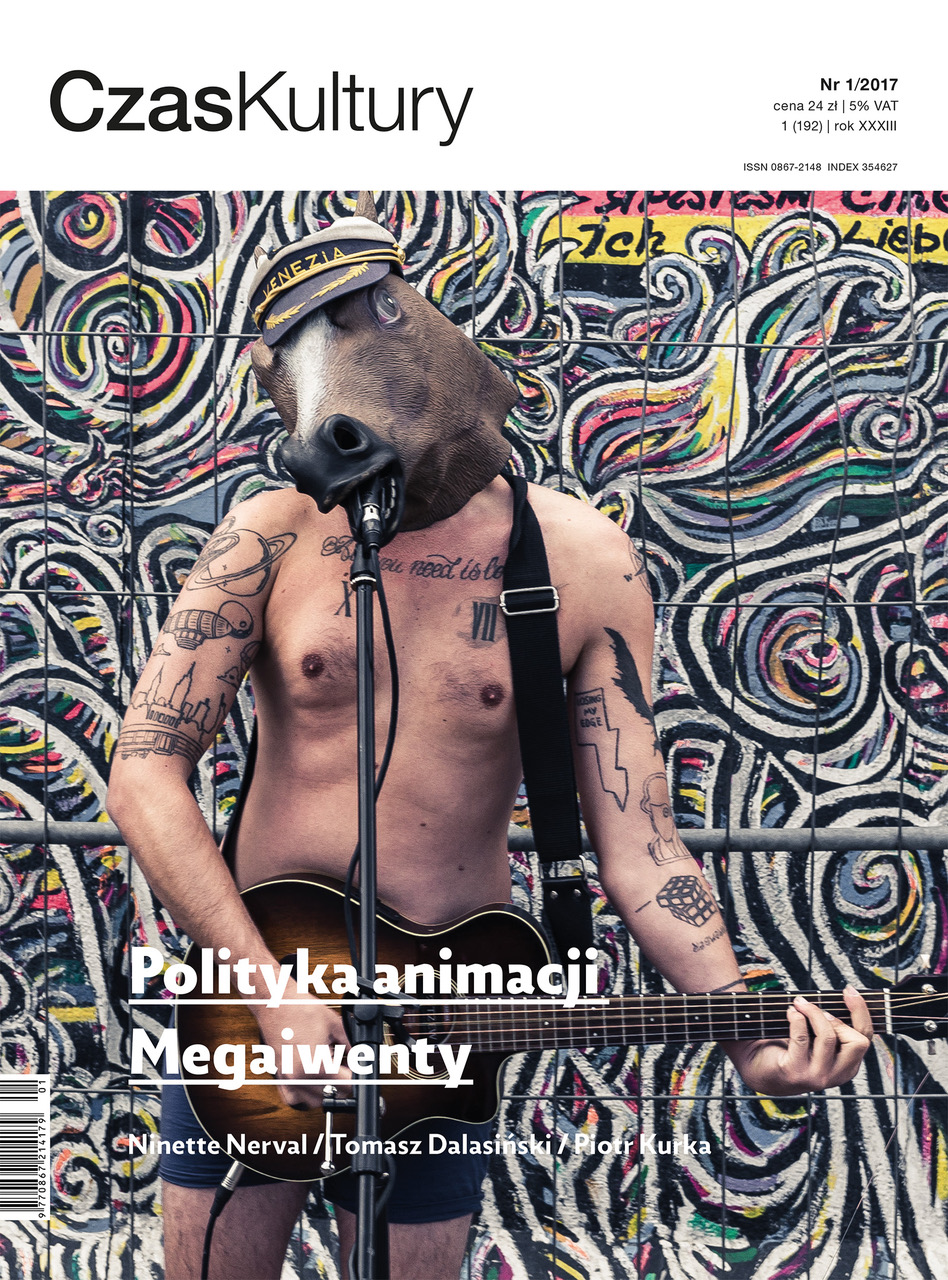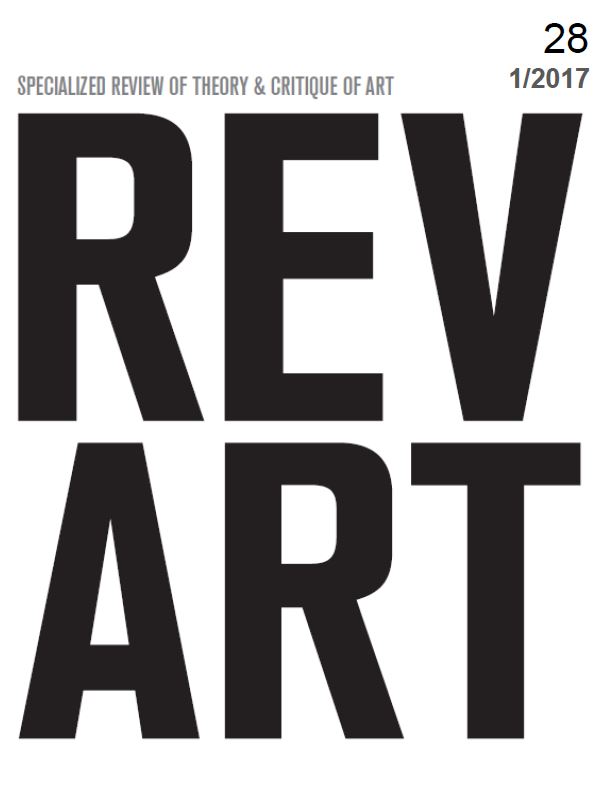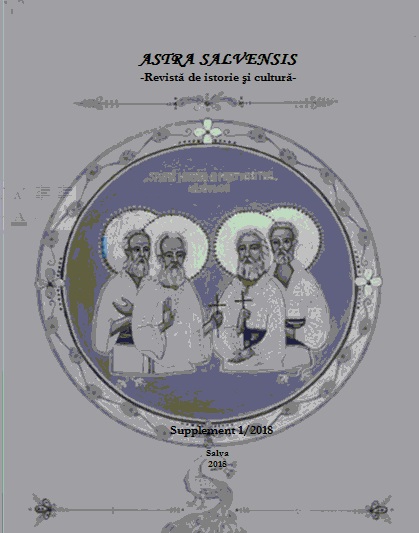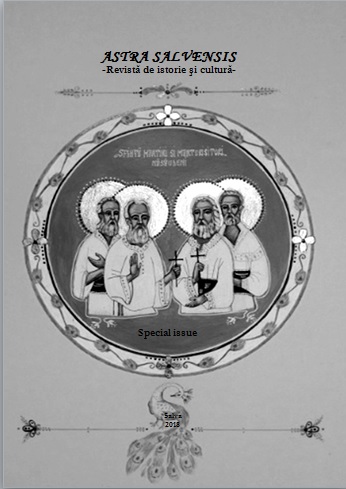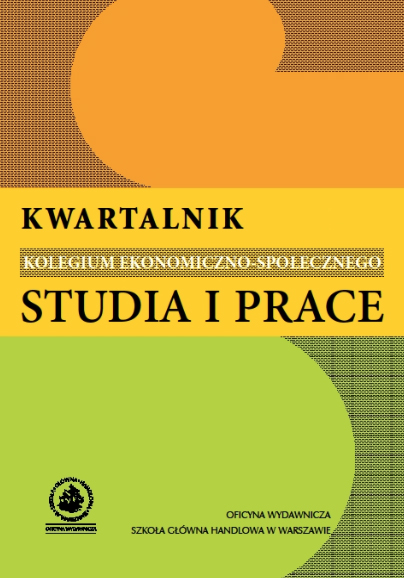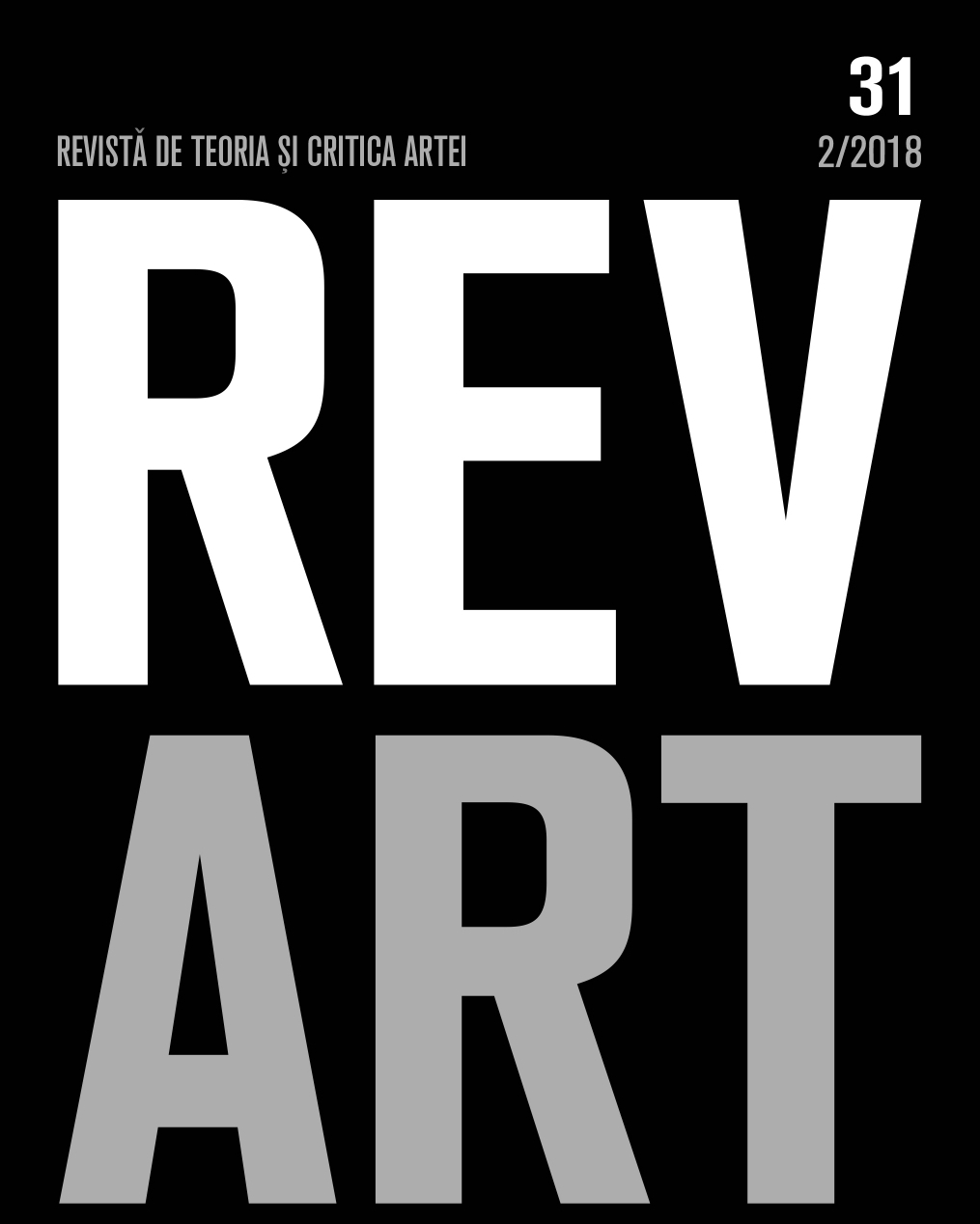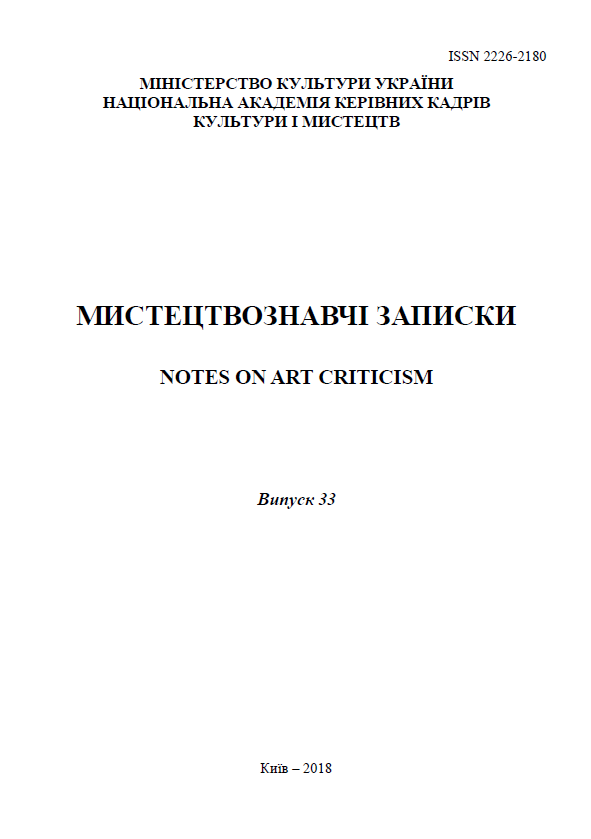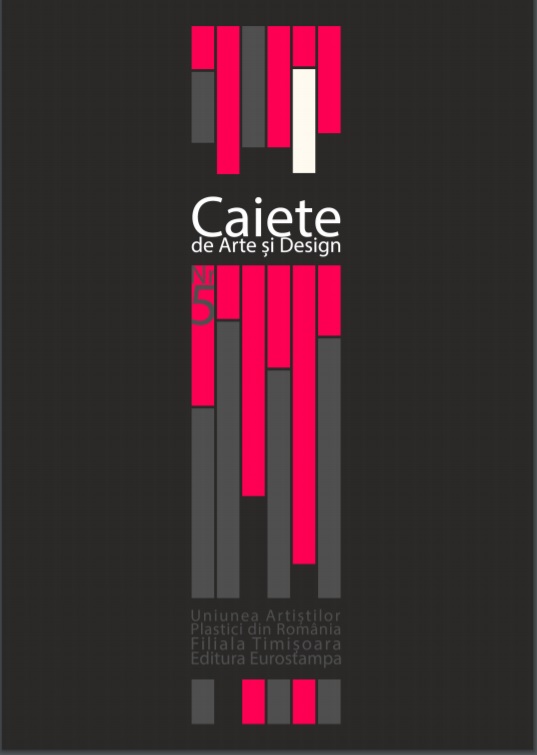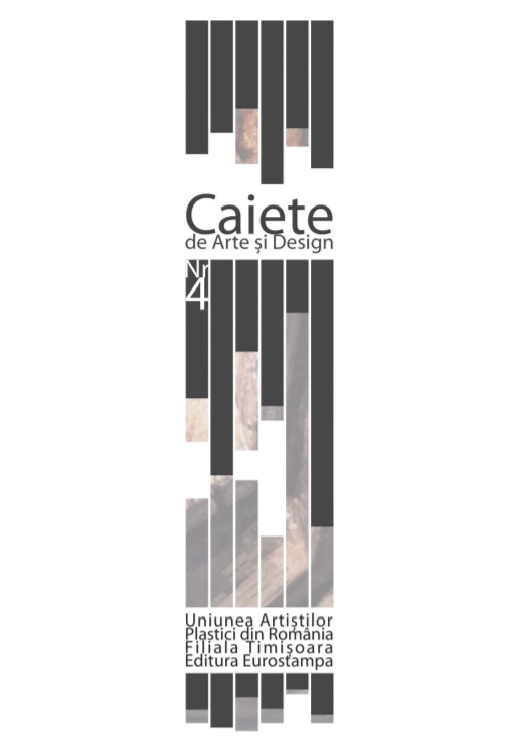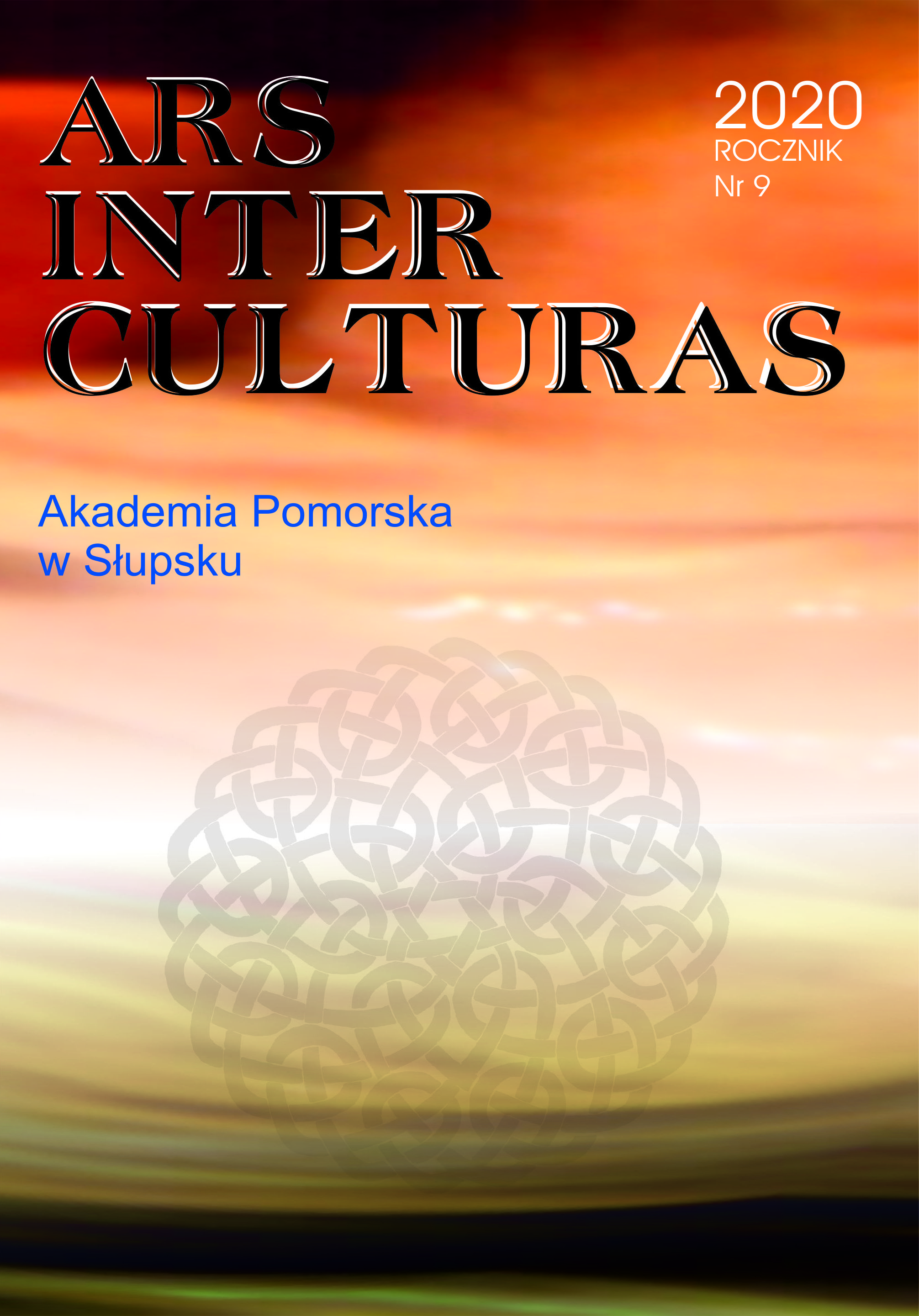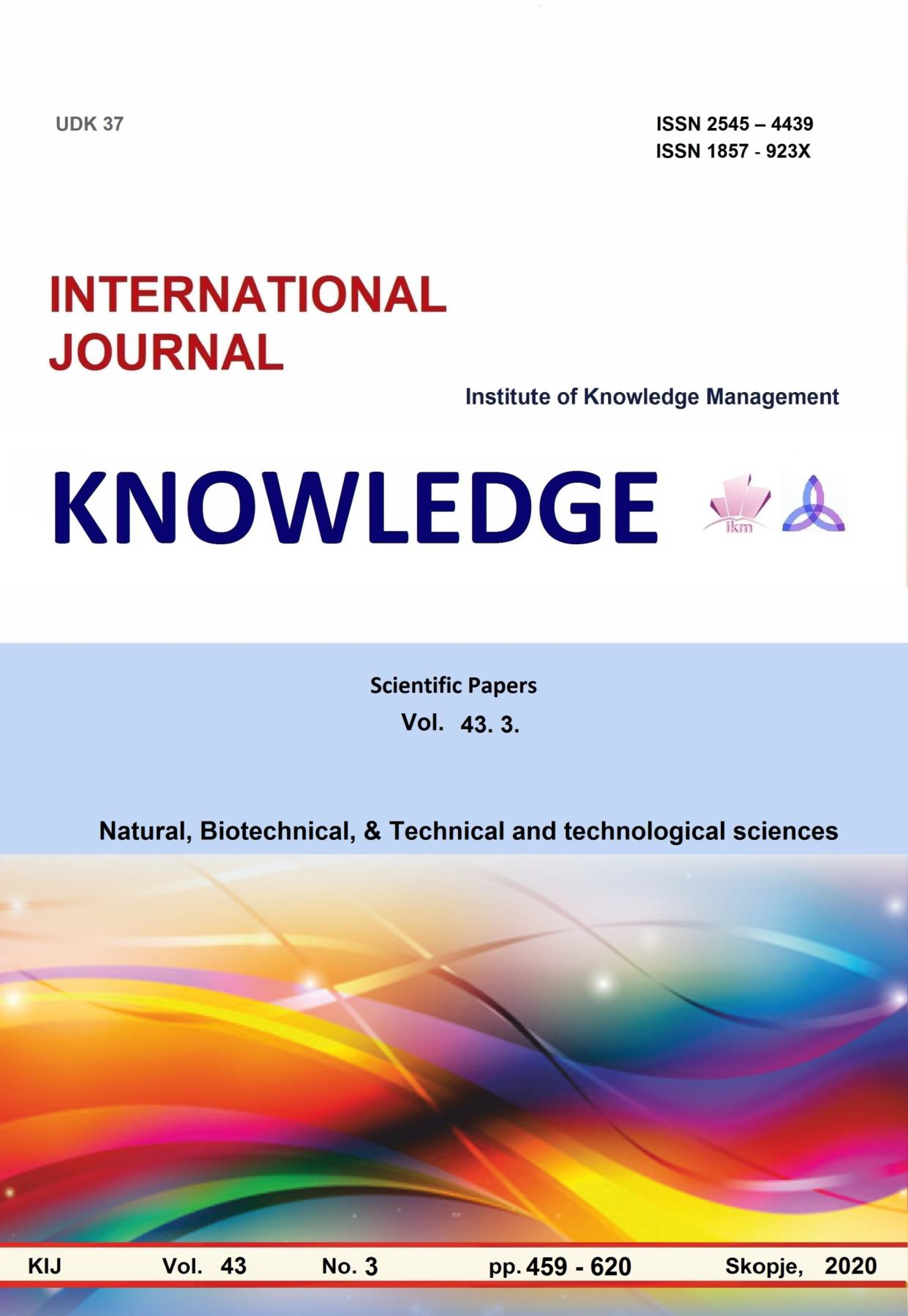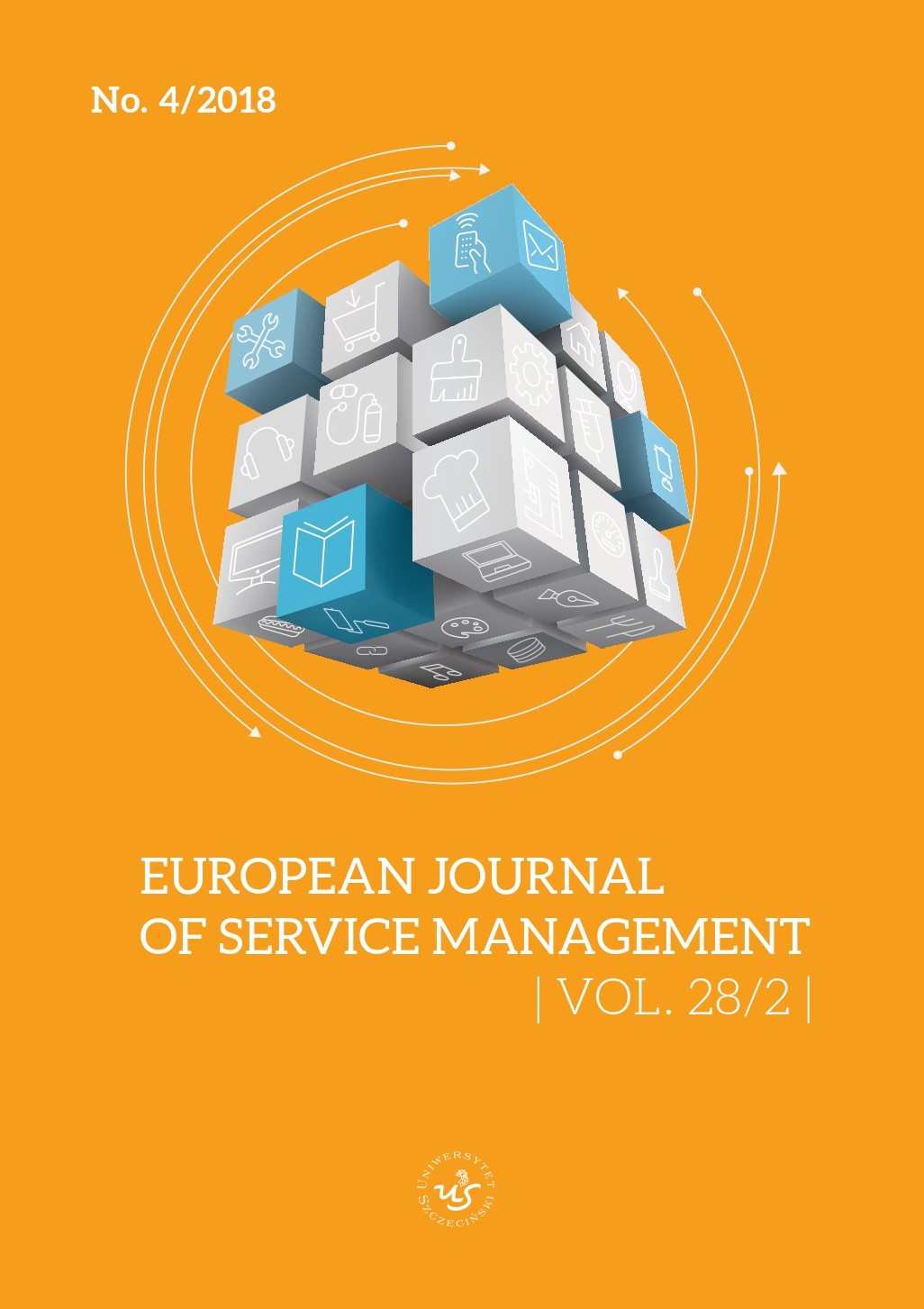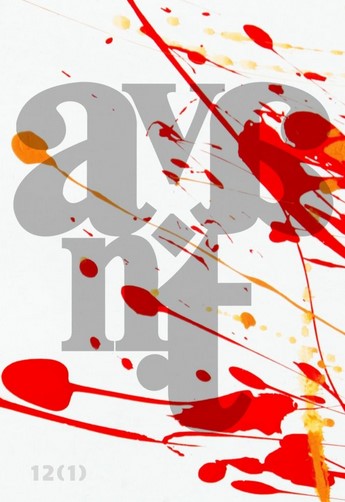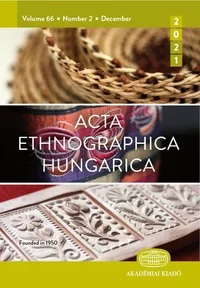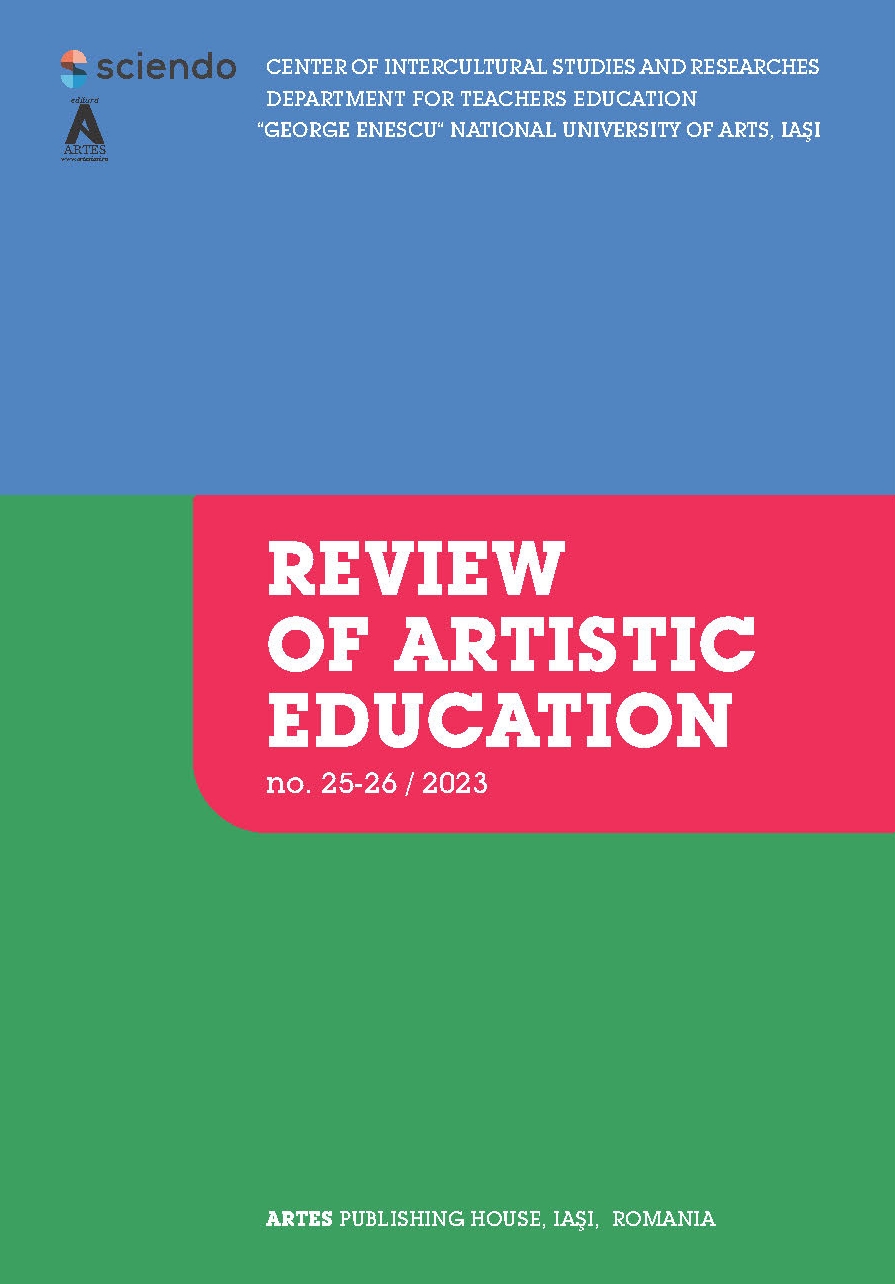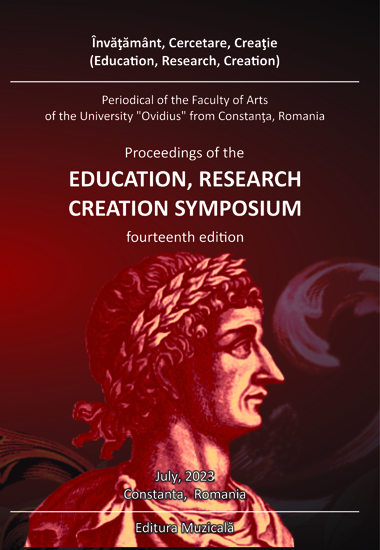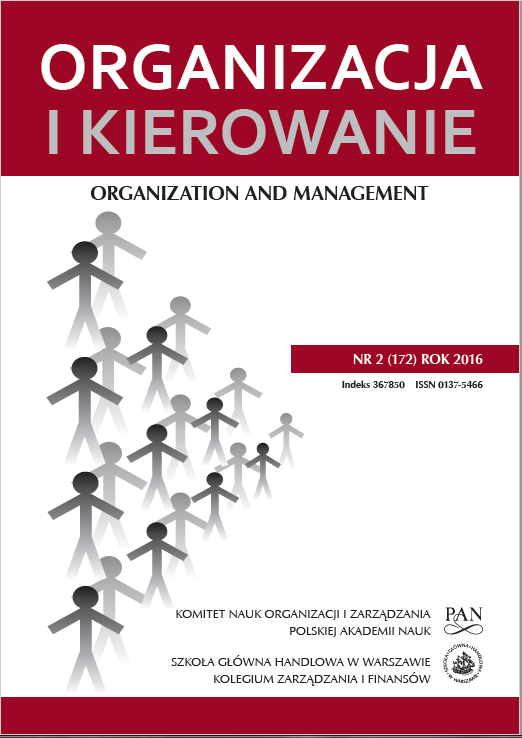
PARADOXES AND PROBLEMS OF DESIGN MANAGEMENT
PARADOKSY I PROBLEMY DESIGN MANAGEMENT
Keywords: Design management;design;industrial design;organizational design; design thinking;
This research examines design management as an approach towards enterprise management. The aim of the paper is to identify and to analyze the most important paradoxes and problems associated with the development process of design management. To achieve the objective, the exploration of the scientific literature of the field of management science and other disciplines (specifically design) has been conducted, and then the identification, classification and explication of studied phenomena have been completed. The following issues have been classified as the most important paradoxes and problems of design management: 1) multidimensional structure of design, 2) the evolution in research on design management, 3) contradictory nature of design management, and 4) the use of diverse theoretical backgrounds to analyze design management.
More...
